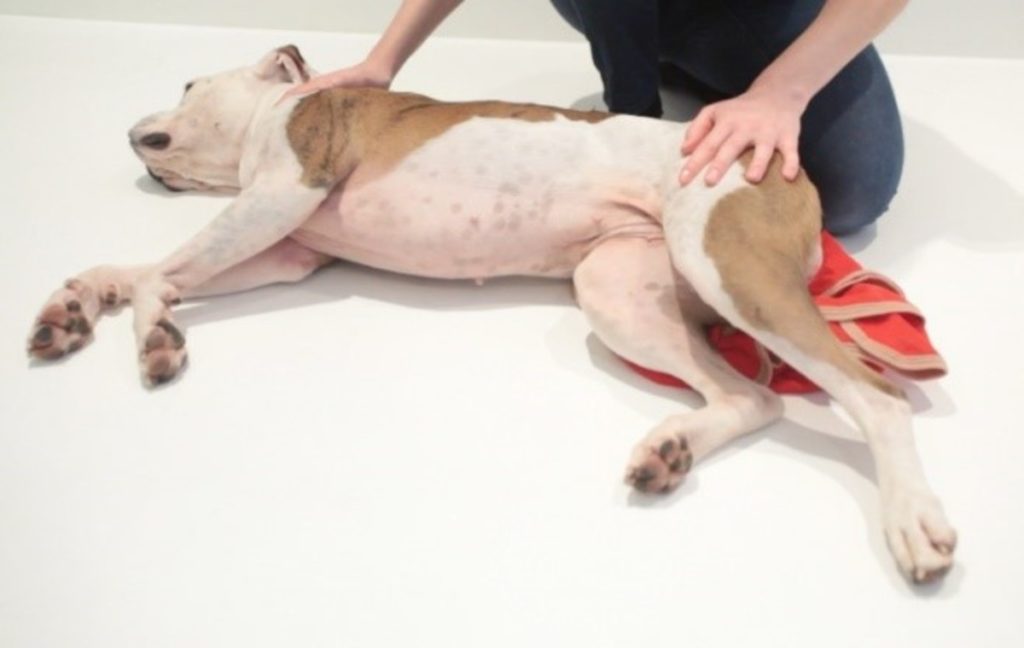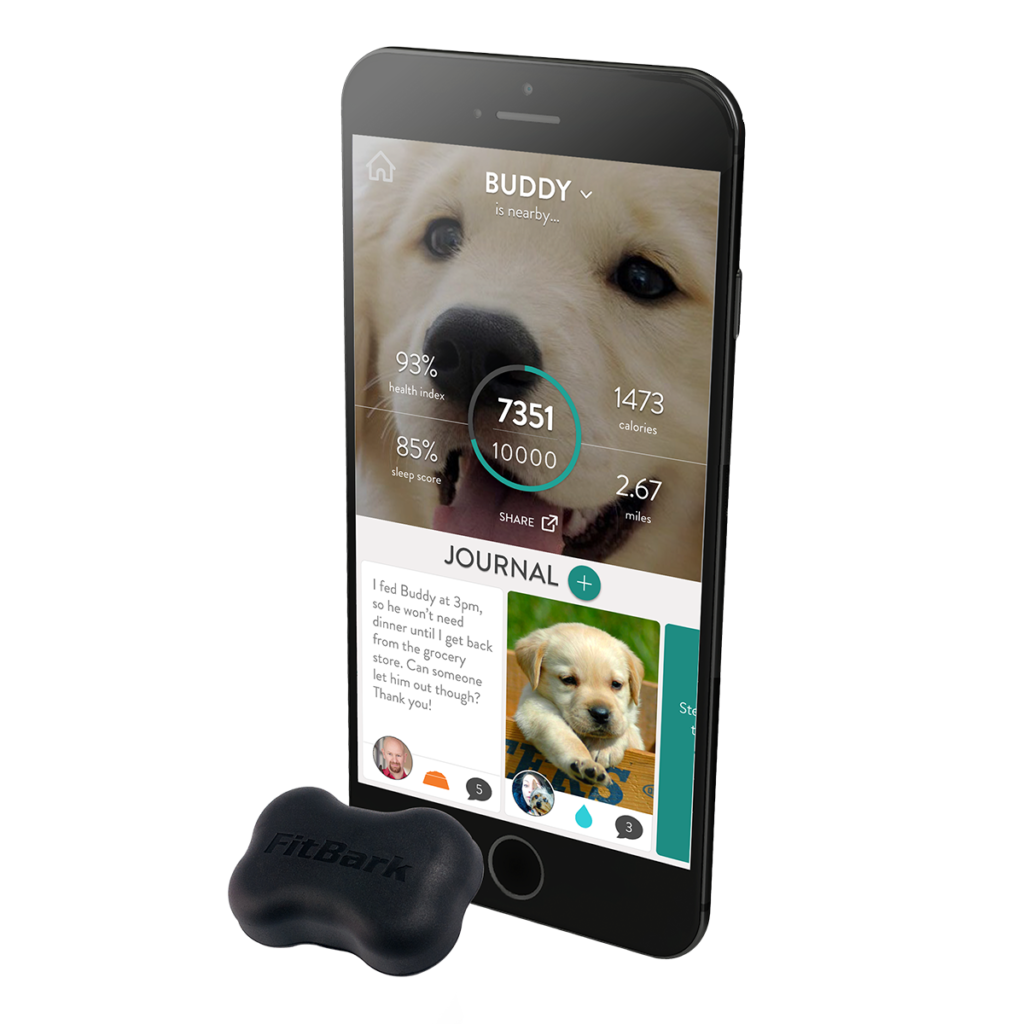|
Getting your Trinity Audio player ready...
|
To Understand Dog Seizures – Let’s First Look at Human Seizures
For anyone who has ever witnessed a seizure – it can be terrifying! In both dogs and humans. Seizures are generally described as “violent body shakes” and an altered level of consciousness, Mayo Clinic, 2021. However, That’s only if they are having a “grande mal” or “tonic clonic” seizure. What if I told you there are more than one kind of seizure to watch for in your dog? Explore more about dog seizures, causes and treatments.
When we mention the word “seizure” what comes to most people’s minds is the classic Tonic –Clonic presentation. The tonic-clonic seizure is also referred to as the “grande-mal” seizure. This is where the person (for example purposes) stiffens, medically known as “tonic”, and experiences rhythmic jerking, referred to medically as “clonic”. Epilepsy, 2017. During these 2 phases the person is in an altered level of consciousness, or unconscious state and is not able to stop their seizure, or their movements, and is unaware in the moment they are even seizing. These 2 phases may happen quickly over a few seconds, or more slowly over a few minutes. They may happen together or first with tonic appearance – stiff, dazed, not responsive, not moving and then begin the clonic phase shortly after. Once the rhythmic shaking has resolved, the person will remain dazed, confused and drowsy. They may have been incontinent of urine, involuntarily. This post-ictal, or after-seizure phase may last for a few minutes to a few hours. This is a generalized seizure affecting all parts or many parts of the electrical conduction in the brain.
Now that we understand more about human seizures we can explore dog seizures. The same is true for dogs that experience this severity of seizure. Dogs can experience similar seizure activity that humans do and for similar reasons. However, dogs need their owner to provide the details and health history for the veterinarian to pin-point the cause of the seizure and develop a plan for the best treatment options.
Dog Seizure Video
4 Types of Seizures in Dogs
In 2018, a Veterinary Neurology study described 4 types of dog seizures:
- Generalized seizure or grand mal seizure. These are the most common types of seizures in dogs. A dog can lose consciousness and convulse and these last anywhere from a few seconds to a few minutes. The disturbance of the seizure occurs in all parts of the brain.
- Focal or partial seizures. This type of seizure in dogs occurs in only one section of the brain, resulting in only one part of the dog’s body having a seizure. These last only a few seconds but can turn into a generalized seizure.
- Psychomotor seizure. This type of seizure in dogs involves strange behavior that only lasts a couple of minutes. This type of seizure in dogs exhibits itself when your dog suddenly attacks its tail or an unseen object. These seizures in dogs can be difficult to detect; however, your dog does the same motor sequence every episode.
- Idiopathic epilepsy. When a seizure cannot be classified, it’s called an idiopathic seizure (Veterinarian Neurology and Imaging of The Chesapeaka, 2018)

How to Support Your Dog When They Are Having A Seizure:
- Make sure your dog is on a flat, firm, clear, safe surface. Remove furniture if the dog may bump themselves; make space for the dog to have the rhythmic motions. Watch your dog’s head to avoid head injury, and watch your dog’s mouth and chest for breathing
“I have heard of people picking up their seizing dog to place them on the sofa from the floor. Leave your dog on the floor! The floor is the best place for a seizing dog because they can’t fall any lower than the floor! They can fall from a sofa and cause additional harm to themselves. The sofa is also soft and may block their breathing more than leaving them on a hard surface, and the picking up and carrying movements themselves may cause the dog to swallow selections wrong and aspirate” – Yuliss
- Watch your dog, but do not try to change your dog’s position or open their mouth. Seizing dogs may have a clenched jaw, and stiff body. This is temporary and forcing their muscles can cause them injury. Keep an eye on your dog but don’t force your dog into any position. As long as your dog is side-laying and the head is to the side, and slightly angled upwards, on a firm surface, your dog is well positioned.
” Some people comment that their dog sleeps this way. This is no mistake, it is comfortable and a self-protective mechanism thanks to dog’s instinct!— Yuliss
Dog Seizure Tip:
Monitor your dog’s breathing as they recover. Place your hand an inch from their nose to feel for breath. You can gently lay you hand on their chest or stomach and feel for the rise and fall of their breath, as an alternative to feeling at the nose if you find this easier. Talking to your dog calmly and softly during this time is helpful for both of you. Offer reassurance and kind words.
- Do not try to put anything in your dog’s mouth. As mentioned previously, your dog’s jaw may be clamped shut, this is temporary and you should not try to force it open. Monitor for secretions around the nose and mouth. You may see blood tinged-secretion because tongue biting is common during a seizure. Stay calm and make note of your observations so you can remember to tell the vet.
Your dog may not respond to you at first, but research shows in human’s that a familiar voice is reassuring to the patient, even when unconscious. We can only assume the same is true for dogs
- Dog seizures are a veterinarian emergency! Once you have secured the area around your dog to make sure your dog is safe and side-laying, you need to call the veterinarian immediately to report your observations.
- Dog seizures are a veterinarian emergency! Once you have secured the area around your dog to make sure your dog is safe and side-laying, you need to call the veterinarian immediately to report your observations.Your veterinarian will want to thoroughly assess your dog and come up with a plan to prevent and treat any further seizure activity.
Dog Seizures Have 2 Root Causes
There are 2 kinds of dog seizures. They either originate from inside the brain (intracranial) or outside the brain (extracranial).
Intracranial causes are ones that exist within the dog’s skull
- epilepsy
- genetics
- brain tumors
- encephalitis/brain infection
Extracranial seizures are caused outside of the skull such as
- poisoning,
- direct trauma to the head,
- metabolic disorders or
- something they ate, such as chocolate, or caffeine
(Seizures in Dogs What You Need To Know, 2018)

Treatment Options for Dogs Experiencing Seizures
Treatment is usually begun only after a dog has:
1) more than one seizure a month,
2) clusters of seizures where one seizure is immediately followed by another, or
3) grand mal/tonic-clonic seizures that are severe or prolonged in duration.
The two most commonly used medications to treat seizures in dogs are phenobarbital and potassium bromide. Research into the use of other anticonvulsants is ongoing, and newer anticonvulsants such as zonisamide (brand name Zonegran®) and levetiracetam (brand name Keppra®) are becoming more popular. Combination therapy is often used for dogs that are poorly responsive to standard treatments.
“Once anticonvulsant medication is started, it must be given for life.” (https://vcahospitals.com/know-your-pet/seizures-general-for-dogs, 2021)

Want More Natural Dog Seizure Treatment? Explore These Options
Natural Treatments For Dog Seizures Are:
Essential Fatty Acids
Some owners stick to a strict “keto” or ketogenic diet for their dogs. This is basically a 1:1 diet of healthy fats and high-protein. It can help increase the seizure threshold to decrease the amount and possibly the severity of seizures.
Use fatty acids in your dog’s diet, such as Omega-3 doses can be bought in pills, sprays, or oils. The recommended dosage varies by dog’s size, but one tablespoon per fifty pounds is standard. Several studies both on humans and dogs have shown that fatty acids are not proven to stop seizures, but may help increase a patient’s seizure threshold.
Diet Adjustments
Dyes used in foods are linked to causing seizures in dogs, particularly a dye called red dye 40. Several other foods are proven to be dangerous and toxic to dogs as well and could be causing seizures, such as onion, garlic, bell peppers, chocolate, caffeine and grapes.
Homeopathic Oils Applied Topically During Seizure
Oils are a popular choice as they give a dog-owner the ability to administer medicine to their pet during a seizure. Due to the fact that seizures cause the jaw and teeth to clamp, attempting to give a dog medicine in the middle of a seizure is difficult or impossible. Natural oils can be rubbed into the skin or even on the gums of a seizing animal, carefully to avoid being accidentally bitten. Thus, homeopathic substances are another natural remedy to seizures, such as:
- Belladonna
- Aconite
- Choline or Cholidin
Acupressure
Acupressure is said to help ease an animal’s tension during their seizure. For example, the pressure point at the base of a dog’s nose, right above their upper lip can be pressed, with moderate pressure, for up to a minute. Please do not attempt this out of curiosity, consult an animal acupressure specialist if you are interested in trying acupressure.
Melatonin
In animals that experience night seizures, administering melatonin (the naturally-occurring chemical released by the brain to induce sleep) can help.
Honey
If a dog has diabetes or is hypoglycemic, a teaspoon of honey once or twice a day, depending on frequency or severity of seizures, is suggested. Veterinary care to control the diabetes is also recommended.
( Hannah Hollinger Natural Dog Seizure Remedies Veterinary reviewed by: Michele K. Published: 06/04/2017, edited: 04/15/2021)
CBD – Cannabidiol (CBD), is a non-psychotropic component of the Cannabis sativa plant, which has been shown to have anti-convulsant properties. CBD comes in many forms for canine use. It can be in an extract form and administered in a dropper bottle. Easily placed in food, or licked off from any desired surface. Itc an also be a topical remedy, applied in a cream base and messaged into your dog’s skin. CBD can also be given as Hemp biscuits, or hemp capsules and can even be given in a pre-mixed honey solution. (CBD For Dogs, 2019)
In summary, we started off reviewing what a seizure “looks like” in humans so we can better understand the process of seizing and make it relevant. We can now better understand what is happening when a dog has a seizure. When dog’s experience seizures we need to make sure the area is clear, that the dog is not at further risk of injury and the dog is on the floor. Place your dog in the recovery position after the seizure, which is a side laying position with head tilted slightly upwards. Do not try to give your dog anything my mouth during or after a seizure. Get medical attention for your dog as soon as you can. You must call your veterinarian and report your observations during your dog’s seizure. Please your dog in the canine recovery position after a seizure to prevent any aspiration or injury. Your veterinarian will likely prescribe prescription medications which need to be taken daily for the rest of your dog’s life. Some people chose to treat their dog’s seizures naturally with diet, specialized holistic therapies or CBD oils.

Using Technology to Advance Veterinary Medicine For Family Dogs
Some dog owners enjoy using the FitBark to monitor their dog’s health and fitness. FitBark is wearable technology that syncs with your smart phone, watch and other devices for breed specific health and activity monitoring. Fitbark continuously monitors your dog’s activity, sleep and nutrition and gives you the measurable results! You may find it helpful to have daily results to discuss at veterinary follow ups and to plan breed specific health and fitness goals.
When you are trying to manage a dog with seizures using specialized diets, FitBark can help you monitor weight and activity levels that are breed specific. Dogs may be more at risk of seizures when they get less sleep than usual, or have an unusually active day. With a unique dog step counter and sleep monitoring function FitBark provides real-time results on your dogs daily activities.
I encourage owners to develop a strong relationship with a consistent veterinarian with whom the owner and dog both build a strong rapport. Adequate medical care is a financial expense, but a necessity for being a responsible dog owner.
Resources
Seizures in Dogs: Causes, Symptoms and What to Do
5 Household Hazards to Your Dogs Health
Are You Currently Supporting a Dog with Seizures?

